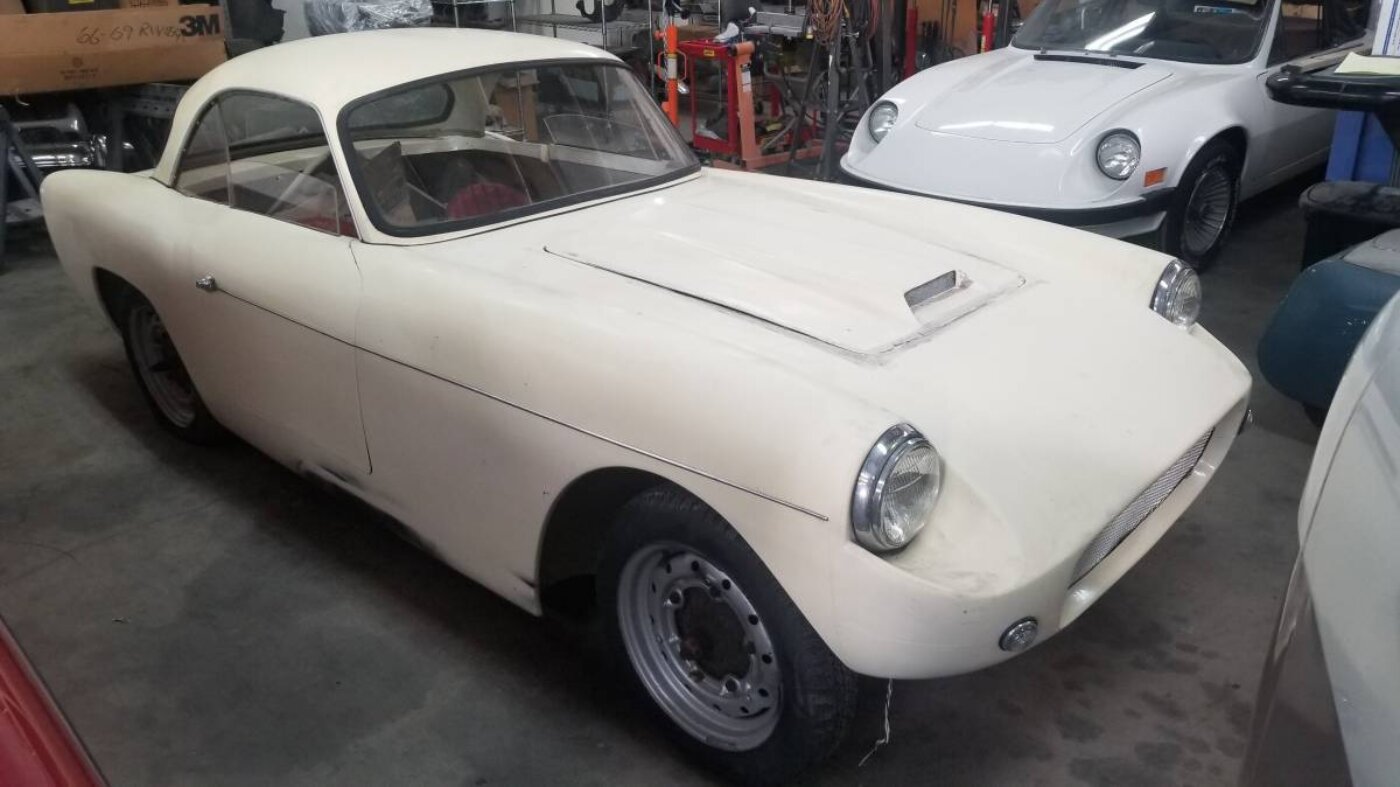
1959 Falcon Caribbean
By Dean Larson
Photos: Seller, Craigslist
We’re all quite familiar with the automotive cottage industry that sprung up in the U.K. in the post war years, and the exotic imports that came to America as a result. But not all of these cars were pressed out at BMC, or hammered out over a log like Morgan and Allard. The composite bug had bitten by the 1950s, and one of the main players in the game at the time was Falcon Shells in Waltham Abbey in Essex.
The company was formed when its founder, Peter Pellandine, left Ashley Laminates and resumed building short wheelbase sports car shells on his own. Pellandine continued producing the Mark 1 from rights and tooling he retained from Ashley, and the car was based on a 750 cc engine with a sleek silhouette. Around 1957, Falcon Shells debuted the new Mark 2, which accommodated several small donors and took heavy inspiration from the Jaguar D-Type. Falcon’s most successful model would come in 1959 though, in the form of the Italian inspired Mark 3, or Caribbean.
The body had an exotic front clip that mirrored Ferraris of the day, and the long front quarters gave way to a petite cabin and elongated rear fenders. Its 7 foot 6 inch wheelbase was intended for the Ford 10 and its side-valve 1,172 cc engine. It was offered in coupe and convertible configurations and Falcon sold some 2,000 examples, making it the best-selling model in the company’s history.
Chances are slim that you'll find many Falcons here in the states, as it wouldn’t have made much sense to import them here in the 1950s. That makes this example for sale in Southern California particularly intriguing, in addition to its specification. It’s based on an Austin 7 chassis, which was built from 1923 to 1939. Similar in impact to the Ford Model T here in the U.S., the Austin 7 was cheap, and they built nearly 300,000 of them, making it a somewhat fitting choice for an exotic body shell, but not the usual Ford 10.
The Austin chassis was modified in several interesting ways though, including a Ballamy independent suspension conversion. For my fellow Americans, Ballamy was an innovator in British motoring before and after World War II, and one of his well-known modifications was to split the Austin 7’s beam axle in two, much like Sydney Allard. Each side of the beams would now pivot from a center point, forming two swing axles.
The Austin 7’s 747 cc engine has also been replaced by a 1,172 cc Ford side-valve engine with several period hop-up parts. Rare Ballamy wheels have also been installed, which were another popular modification for the Ford 10 chassis, as they reduced unsprung weight and lowered ground clearance.
The seller of Falcon insists that the body has never been permanently mounted to the chassis and is in essentially new condition. The whole package is an intriguing buy at just $7,800. Check it out here on Los Angeles Craigslist.

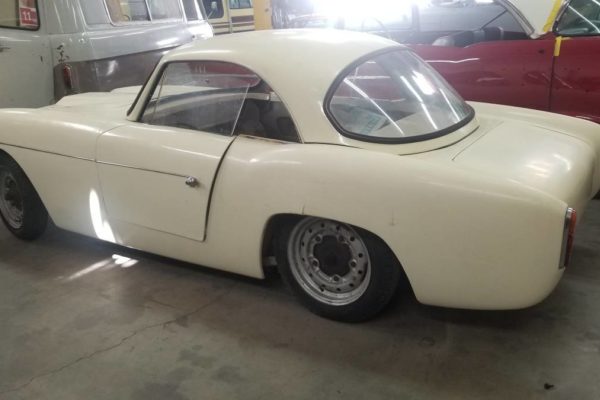
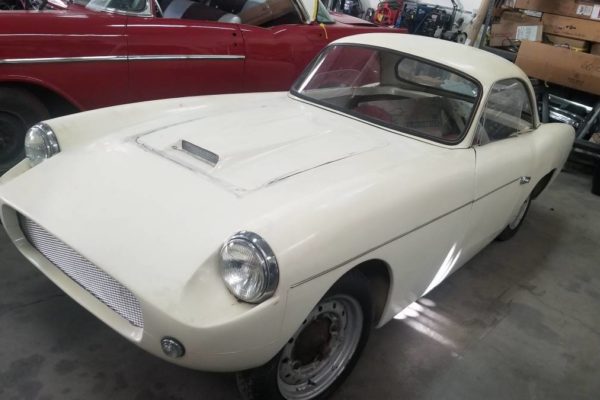
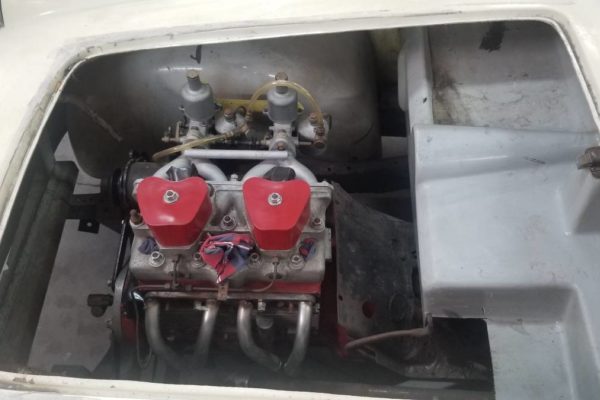
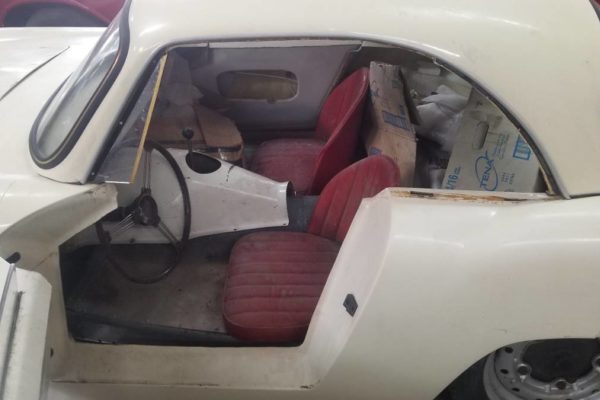
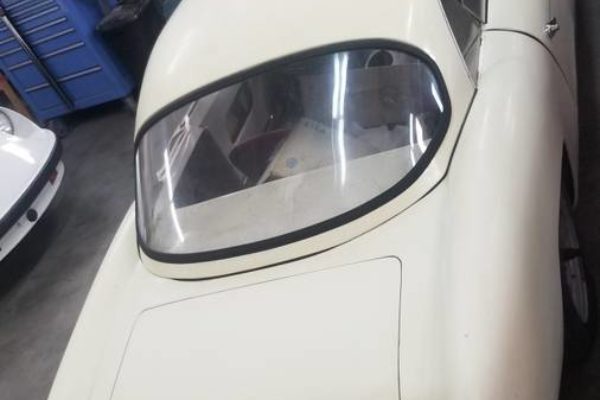
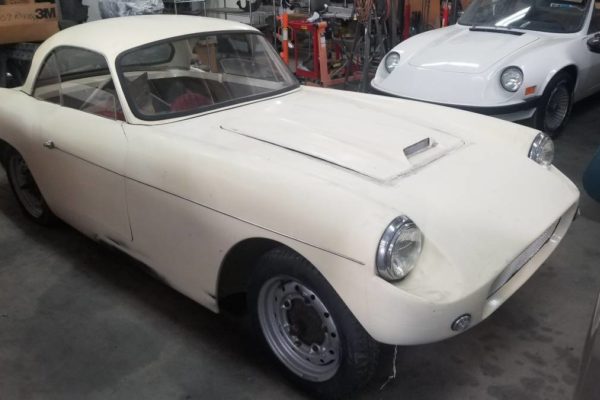
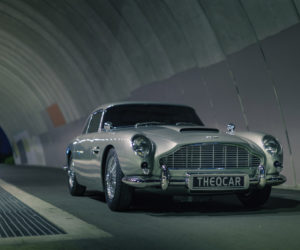
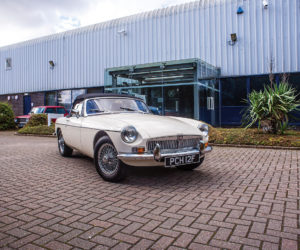
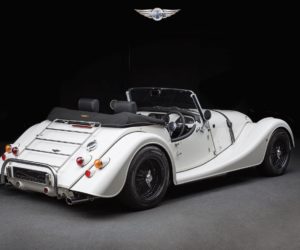
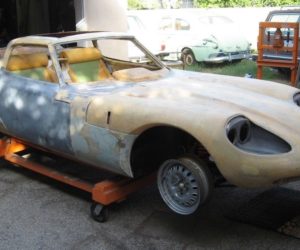
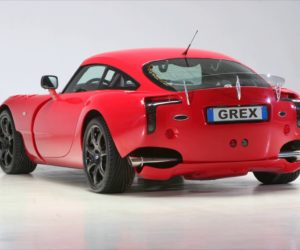
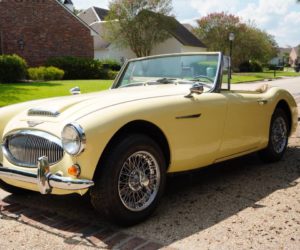




Comments for: 1959 Falcon Caribbean
comments powered by Disqus